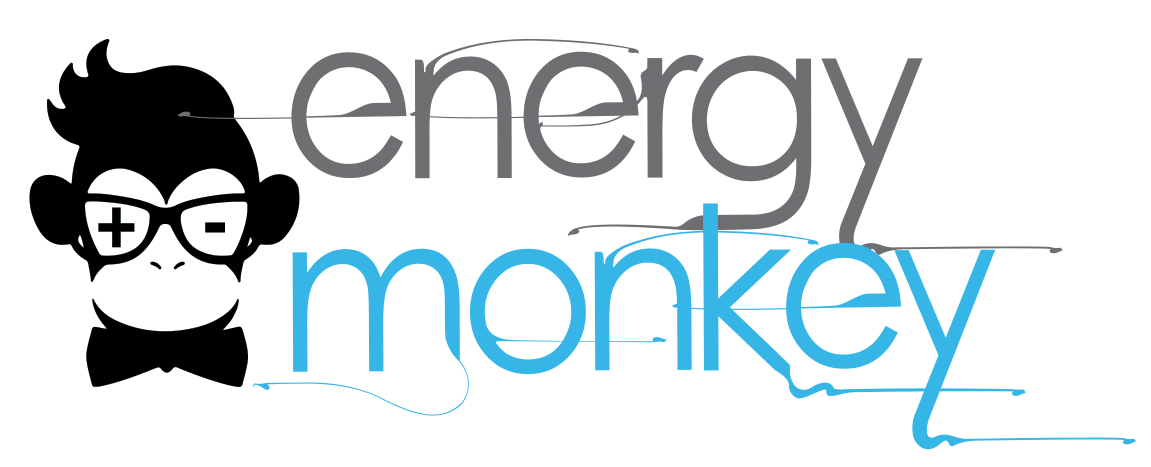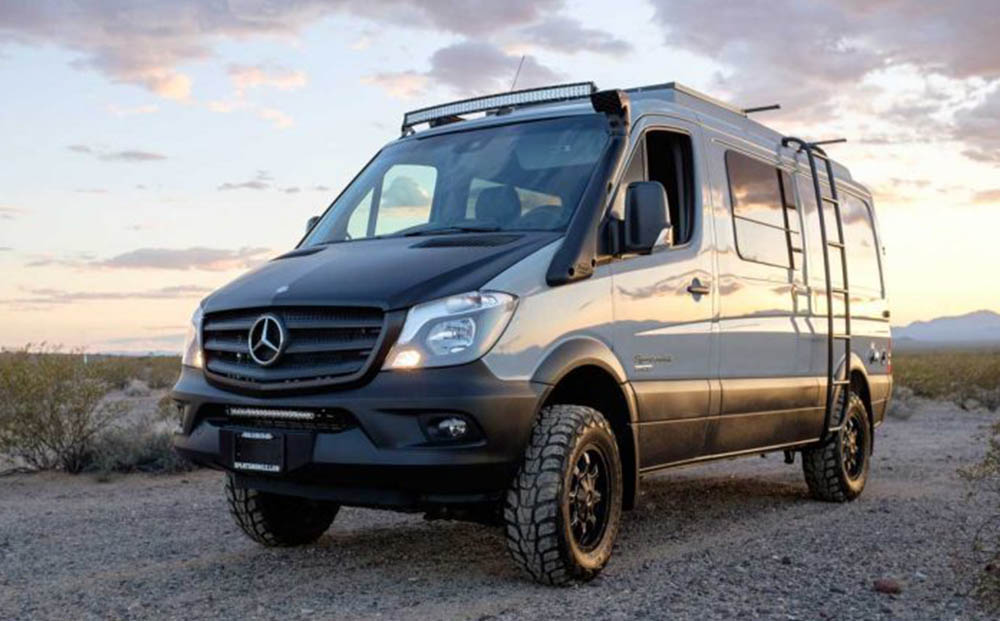Latest News
Camper electrical systems – The In’s and Out’s
Being out on the open road in your camper conversion or RV is the best feeling, you are free to drive wherever you want. However, a key aspect involved is enjoying the amenities of electricity through your camper electrical systems. It is vital to get the electric system design right as this will impact the longevity of your outdoor vehicle. Understanding the basics will give you the edge needed to thrive in the outdoors.
Therefore, this basic guide will help you in unravelling a great deal about camper electrical systems.
Overview of camper electrical systems
The diagram below will make it easier for to understand camper electrical systems. The main concept to grasp is that the electrical system involves the usage of built-in leisure batteries in the vehicle.
The leisure batteries are supplied with charge from various sources such as solar panels, hook-ups and the vehicle engine itself. The stored charge inside the batteries is then used by numerous electrical appliances such as cameras, laptops, etc.
Camper electrical systems revolve around this process of charging and using the leisure batteries according to your energy demands.

Understanding our energy demands
The first aspect to consider is what types of appliances your camper electrical system will be supporting and how much power will it require? The following tips will help in this regard:
- Make a list of all the appliances you will be using in your vehicle
- Calculate the amps of each appliance. Amps is the wattage of a device divided by the volts of your batteries
- Measure the amp hours needed per day for all your appliances and gadgets
- Bear in mind that some days might require more amp hours than others
Sources of power
Most camper electrical systems have built-in 12V leisure batteries. As we mentioned before, these batteries will store the charge you need for your appliances. Some sources of replenishment for these batteries are as follows.
Vehicle engine charging
Both the main starter battery (used for the car ignition) and leisure batteries are charged when you drive around the vehicle. This is the default and easiest way of recharging your batteries.
Hook-up facility
Apart from the engine, you can use a shoreline hook-up facility to charge your leisure batteries. Although, you will need to install a battery charger like the Victron IP65 or Multiplus inverter chargers which can convert the 240 volts AC supply to the 12 volt DC supply your battery needs.
Solar panels
Fixing a solar panel to the roof of your vehicle and harnessing the power of daylight is another option. You will need a controller to convert the solar panel output to a 12 volt DC supply for your battery.
The reality of camper electrical systems
Everyone’s camper conversions are different and their energy uses appliances and expectations will also be different. There is not one size fits all with this and so careful pre-planning is key to achieving the very best results for your camper electrical system. With advances in solar panels, battery technologies and DC charging much more efficient systems can be achieved. There are hundreds of products and technologies that you can be used but if they are not used in the correct way will only lead you to costly failures.
Overall, camper electrical systems are tricky to manage if not correctly planned and specified. Energy Monkey are an approved Victron Energy distributor and can help you spec the system.
For complete help with your camper electrical systems contact Energy Monkey Ltd today on 01452 699300 or send us a message.


